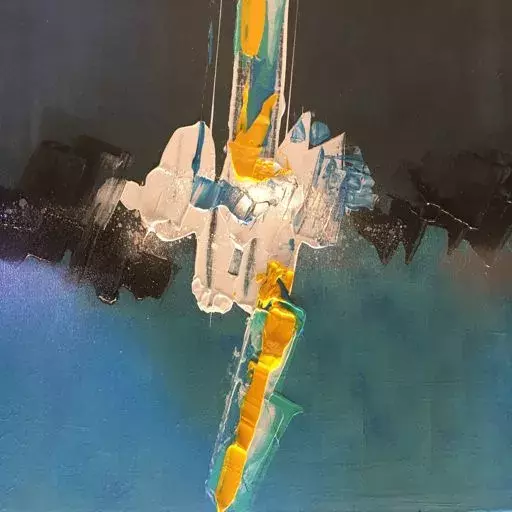Look at how shitty our implementation is. We need a full refactoring.
WFH
He/him
Formerly on .world.
- 4 Posts
- 68 Comments
In my time we didn’t paste LLM-generated code we barely understand and hoped it compiled, let alone work. We pasted code from stack overflow we barely understood and hoped it compiled and let alone work, as god intended.

 1·5 months ago
1·5 months agoAmazonBezics

 141·5 months ago
141·5 months agoUnless you go once near a beach and a single grain of sand gets past the airtight bag the phone was in and the Totally-IP67-We-Swear phone chassis and is fucking destroys the screen from the inside, with a repair bill worthy of a new phone because “that kind of damage is not under warranty”.
Source : happened to one of my best friends. Fuck you with a folding dildo, Samsung.

 6·6 months ago
6·6 months agoAnd after aaaaaall you’re my terminaaaaaaal

 8·6 months ago
8·6 months agoThat’s what I love about my ‘23 Yaris. The entertainment system is basically a radio and hybrid telemetry. Everything else is CarPlay/Android Auto. No shitty outdated maps, no 90’-style MP3 player…

 1·6 months ago
1·6 months agogestures!
Still the reason that 20+ years later the second thing I install on any browser is a gestures extension (the first one is always uBlock Origin, obviously).

 2·8 months ago
2·8 months agoHaha thanks !
I would like to say I’m used to fstab too but honestly I barely have to use it once every five years 😅

 4·8 months ago
4·8 months agoThe issue was indeed from the fstab. But it was because exec was specified before users.

 1·8 months ago
1·8 months agoThe games crash long before launching proton. I suspect something is fishy in the runtime or even before that.

 2·8 months ago
2·8 months agoWorst case scenario, I have to nuke this drive and start over. I’ll keep digging tho.

 1·8 months ago
1·8 months agoGood call. I’m seeing some stuff I don’t like, I’ll investigate tomorrow.

 9·8 months ago
9·8 months ago99% of the time, if a game “should run fine” and nothing happens, it’s because it’s installed on a Windows partition (NTFS or exFat).
Try moving it to a Linux partition.
If it still doesn’t work, you can start advanced troubleshooting.
Unless most “relevant” answers point to a Microsoft help forum with shit answers.
I have to use windows for work and I hate this bullshit.
Links means Left in german. Same pronunciation. Bilingual play on words if you will.
Heretic with Box Jades here. They’re awesome for typing and waking my neighbors up at 3AM.

 8·10 months ago
8·10 months agoOk, opposite take.
Somebody with business knowledge with just enough
technicalExcel knowledge to cobble together a 5000 lines monstrosity of unreadable, unmaintainable python+pandas workbook that needs 2 painful hours of single-threaded processing time each run, with zero understanding of general development best practices, technical or organizational constraints, who asks us tu put their shitstain straight in production today because our fucking moron of a manager told them so.Said shitstain could have been replaced by a 2h workshop and a couple of sql queries.
Said shitstain crashed almost daily in production. The running costs alone would have been offset in a month by a 1 week refacto.
Fuck this place. I’m glad I left before becoming insane.



When I was a kid I remember copying entire games in BASIC printed in popular science magazines. They never worked because my dads computer had a slightly different BASIC dialect.
Good times.